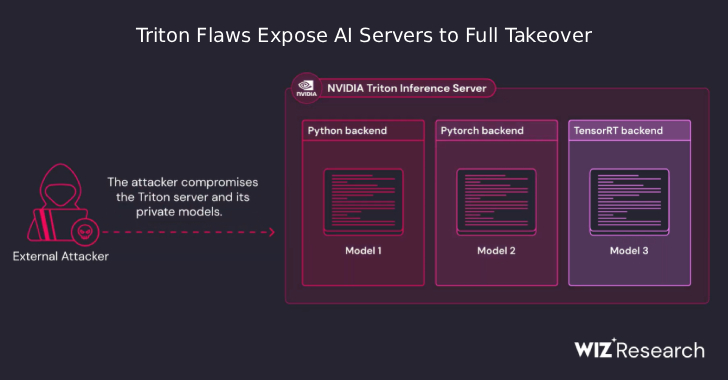
A How-To Guide for Creating a Business Continuity Program
In an increasingly volatile and interconnected world, businesses face a wide range of threats that can disrupt their operations. Whether it’s a natural disaster, a cyberattack, or a supply chain disruption, these challenges can have devastating consequences. To ensure their survival and resilience, organizations must develop a proactive strategy known as a Business Continuity Program (BCP). In this comprehensive how-to guide, we will walk you through the step-by-step process of creating a robust BCP that safeguards your business and helps you navigate through crises.
Step 1: Leadership Buy-In and Commitment
Before you embark on the journey of creating a Business Continuity Program, it’s crucial to obtain buy-in and commitment from top-level leadership within your organization. This support is essential because implementing a BCP requires resources, time, and organizational focus. To gain leadership buy-in, emphasize the importance of risk mitigation, reputation protection, and regulatory compliance. Clearly communicate the benefits and long-term value that a BCP can bring to the organization.
Step 2: Risk Assessment and Threat Identification
The foundation of any effective BCP is a thorough risk assessment. Identify and evaluate potential risks and threats that could disrupt your organization’s operations. These threats may include:
Natural disasters (e.g., earthquakes, floods, hurricanes)
Technological threats (e.g., cyberattacks, system failures)
Human factors (e.g., employee strikes, key personnel leaving)
Supply chain disruptions
Regulatory changes
Pandemics or health crises
Conduct a comprehensive analysis of each risk, considering its likelihood and potential impact on your business. This will help you prioritize your efforts and resources.
Step 3: Business Impact Analysis (BIA)
After identifying potential risks, conduct a Business Impact Analysis (BIA). The BIA aims to determine the critical functions, processes, and assets within your organization. This analysis will help you understand which aspects of your business need the most attention and resources in the event of a disruption.
For each critical function or process, gather data on:
Recovery time objectives (how quickly it needs to be restored)
Recovery point objectives (how much data loss is acceptable)
Dependencies on other functions or external partners
The BIA provides a clear picture of your organization’s vulnerabilities and guides the development of recovery strategies.
Step 4: Recovery Strategies and Plans
With the insights gained from the BIA, it’s time to develop recovery strategies and plans. These plans should outline how your organization will respond to specific disruptions and recover critical functions and processes. Consider the following when developing recovery strategies:
Emergency Response: Develop procedures for immediate response to emergencies, including evacuation plans, safety protocols, and communication strategies.
IT Disaster Recovery: Create plans for recovering your IT systems and data in the event of technology failures, cyberattacks, or other related incidents.
Supply Chain Continuity: Establish strategies for mitigating supply chain disruptions, such as identifying alternative suppliers and inventory management.
Crisis Communication: Develop a communication plan that outlines how you will communicate with employees, customers, suppliers, and the public during a crisis.
Employee Safety and Welfare: Ensure the safety and well-being of employees by including measures for their protection in your plans.
Testing and Drills: Regularly test and conduct drills to ensure the effectiveness of your recovery plans. This step is crucial for identifying weaknesses and fine-tuning your strategies.
Step 5: Training and Awareness
An often-overlooked aspect of BCP is ensuring that employees are adequately trained and aware of their roles during a disruption. Create training programs that cover:
Roles and responsibilities during a crisis
How to execute the recovery plans
Proper use of emergency equipment and systems
Evacuation procedures and safety protocols
Regular training and awareness programs help ensure that everyone in your organization knows how to respond effectively when a crisis occurs.
Step 6: Documentation and Accessibility
Document all aspects of your BCP, including risk assessments, recovery plans, and training materials. Make these documents easily accessible to all relevant personnel within your organization. Consider using a centralized repository or digital platform for convenient access, especially during emergencies.
Step 7: Testing and Validation
As mentioned earlier, testing and validation are critical components of a BCP. Conduct regular tests, simulations, and tabletop exercises to evaluate the readiness of your organization and identify areas for improvement. Testing helps validate the effectiveness of your strategies and ensures that employees are familiar with their roles.
Step 8: Continuous Improvement
A Business Continuity Program is not a one-time effort but an ongoing process. Continuously review and update your BCP based on lessons learned from tests and real-world incidents. Keep it aligned with the evolving threat landscape and changes within your organization.
Step 9: External Partnerships
Establish partnerships with external organizations, such as emergency services, local authorities, and key suppliers. Collaborating with these entities can enhance your BCP’s effectiveness by providing access to additional resources and expertise during crises.
Step 10: Regulatory Compliance
Ensure that your BCP aligns with any industry-specific regulations and standards. Compliance is essential for avoiding legal consequences and financial penalties, especially in highly regulated sectors.
Conclusion
Creating a robust Business Continuity Program (BCP) is a proactive step that organizations of all sizes and industries should undertake to safeguard their operations and ensure resilience in the face of disruptions. By following the steps outlined in this guide, you can develop a BCP that addresses your organization’s specific needs and priorities. Remember that a BCP is not a static document but an evolving program that requires regular testing, training, and continuous improvement to remain effective. Investing in business continuity is an investment in the long-term sustainability and success of your organization, providing you with the tools and strategies needed to navigate the unpredictable business landscape with confidence.
Contact Cyber Defense Advisors to learn more about our Business Continuity Program solutions.





